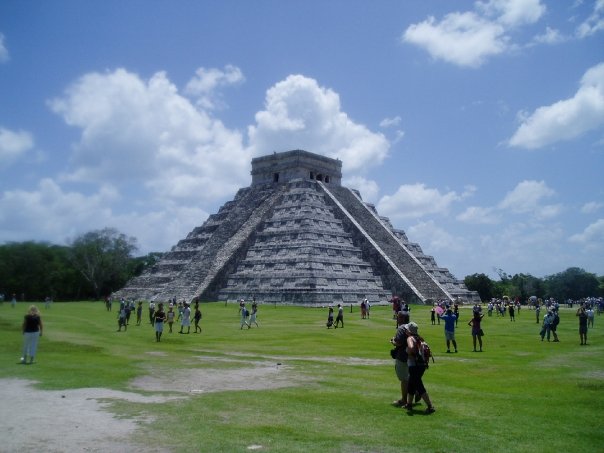The new Pathfinder 2 rule book has 379 different spells, according to this web site. On top of that, many of these spells can be heightened, making them even more powerful. Once I get them all posted, my world will have over 400 different spells in over 2 dozen arcana. However, even the most unbelievably powerful spellcasters can’t know all of these spells. When you are creating your magic system, whether it’s for your writing or a game, it’s important to figure out a reason for this to be true or even if it will be true.
Typically, a character is limited in the number of spells they can know, how many spells they can cast in a certain period of time, or both. In some worlds, there is a singular figure who suffers from no limitations. From a characterization standpoint, increasing the character’s ability to cast spells over time can parallel their overall growth. It could be symbolic of growing up, obsession with power, knowledge over relationships, or whatever you want it to mean to make the story better. Each of these possibilities has their own pluses and minuses.
Worlds that limit spellcasters only by how many spells they can learn have the advantages of high action and creativity, but sacrifices overall character balance. This is the type of magic found in books such as Harry Potter by JK Rowling, the Lightbringer and Night Angel series by Brent Weeks, and the Avatar and Legend of Korra series. The spellcasters can almost always do something, although the spells they know may or may not be useful at the time. The limitations on what spells they know may be simply age and training (Harry Potter), what sorts of magic they can control (Brent Weeks’s books), what element they control (Avatar series), or whatever other limitations put on magic in your world. Because the spellcasters can experiment freely or simply use magic whenever they want, they can come up with new and interesting ways of using the spells. The biggest pitfall is to relegate pretty much anyone who isn’t a spellcaster to the background or comic relief.
Worlds than limit spellcasters by how many spells they can cast in a certain period of time have the advantages of balance and increased tension, but sacrifices pacing. If you only have one major spell you can cast in a day, do you use it now, or wait for the ideal moment? If you know that this isn’t the big boss, but you and your team are being overwhelmed, using the big spell could save the day, but then you won’t have it when the dragon comes out of the cave. This type of magic allows a lot more flexibility in effects, because theoretically, spellcasters can do anything, but they can’t do them for very long. This can include only being able to cast so many spells per day (Dungeons and Dragons/Pathfinder) and power pools (many video games, such as the Elder Scrolls series as well as my world). The problem is that plots and games can become bogged down as the spellcasters use all their power up, retreat, recharge, then come back. This can get really boring, really fast.
Worlds that limit both include most roleplaying games and even most computer games. In Dungeons and Dragons and Pathfinder, no character can realistically learn all of the spells in the game, as they’d have to be close to 80th level to get them all, which is pretty close to impossible. They also only cast so many spells per level per day. On my world, even the most powerful spellcasters of legend only mastered six or seven of the dozens of arcana. You’d think that having both of these limitations on spells would bring in the worst of both of the systems above, but done well, using both can minimize the sacrifices with their strengths. I prefer using power pools to limit how much my spellcasters can cast at any one time, but those pools can replenish themselves moderately (or even extremely) quickly. The use of individual arcana limiting the number of spells they can learn also ensures that non-spellcasters aren’t overshadowed in every encounter.
In some settings, there is a someone, typically only one person, who doesn’t suffer from these limitations. In the Lightbringer series by Brent Weeks, most people can only control certain colors of magic, usually only one, sometimes two, and extremely rarely three. They can only do this so much before the magic overwhelms them, driving them insane. You can tell that they are getting close as their eyes change color to the magic that they use. However, there is one person, the Prism, that can use all of the colors as much as they want until they basically die. In Avatar, benders can use only one bending style, based on their element. The Avatar, can master all four elements. If you are planning to write a book or create a single player game, this gives an interesting hook to the character. I’d recommend not having this be an aspect of your setting if you are creating a roleplaying game or a book that doesn’t feature that character either as the main character or the main villain.
Thanks for reading. I’ll see you next week!


Interesting to read!